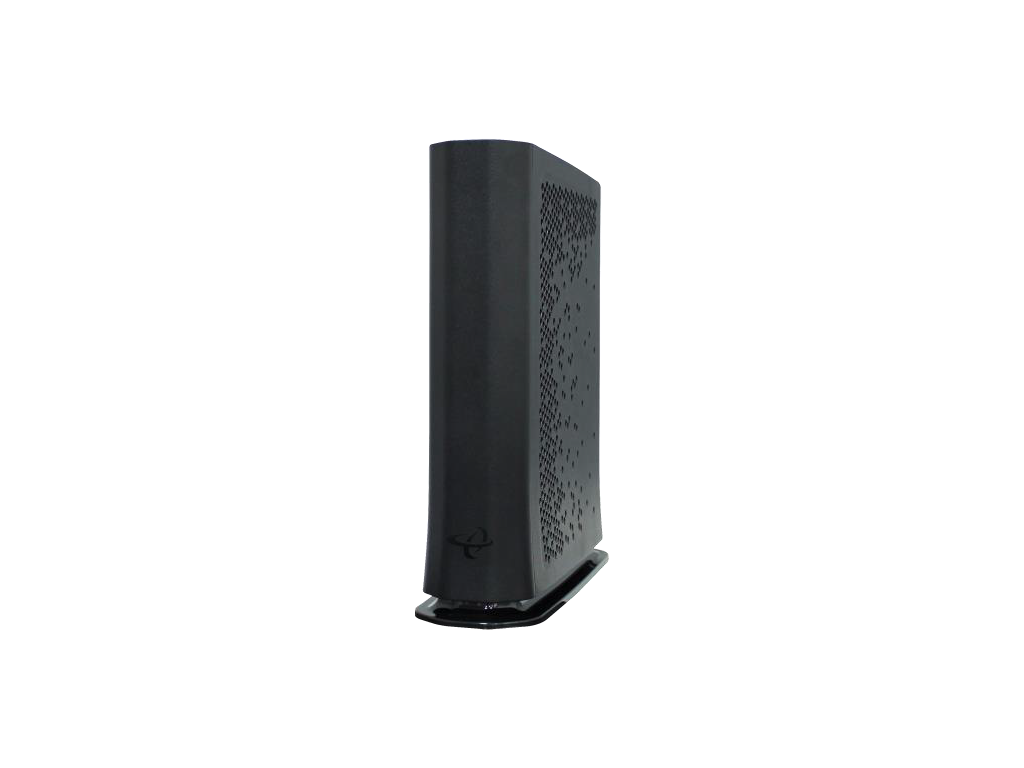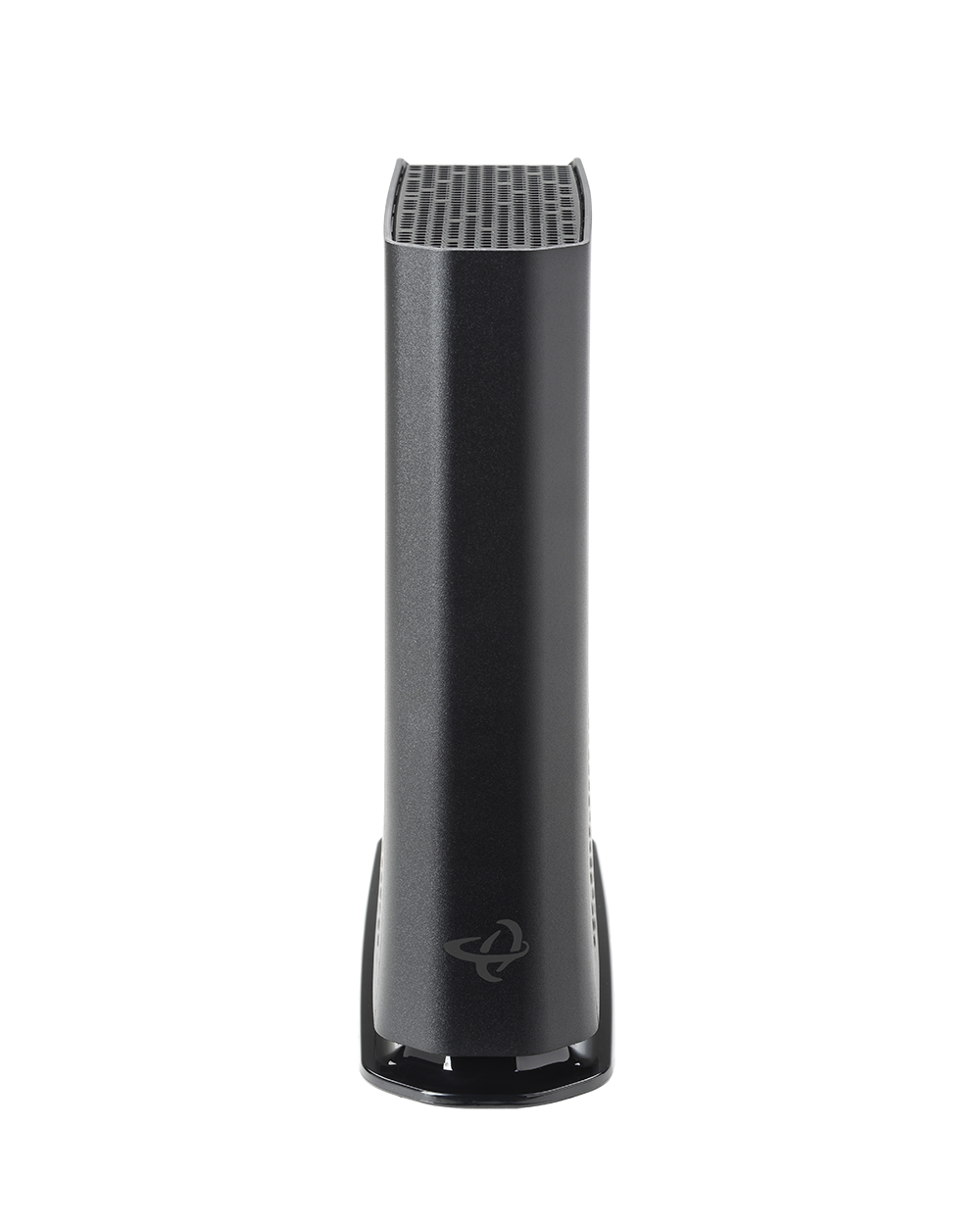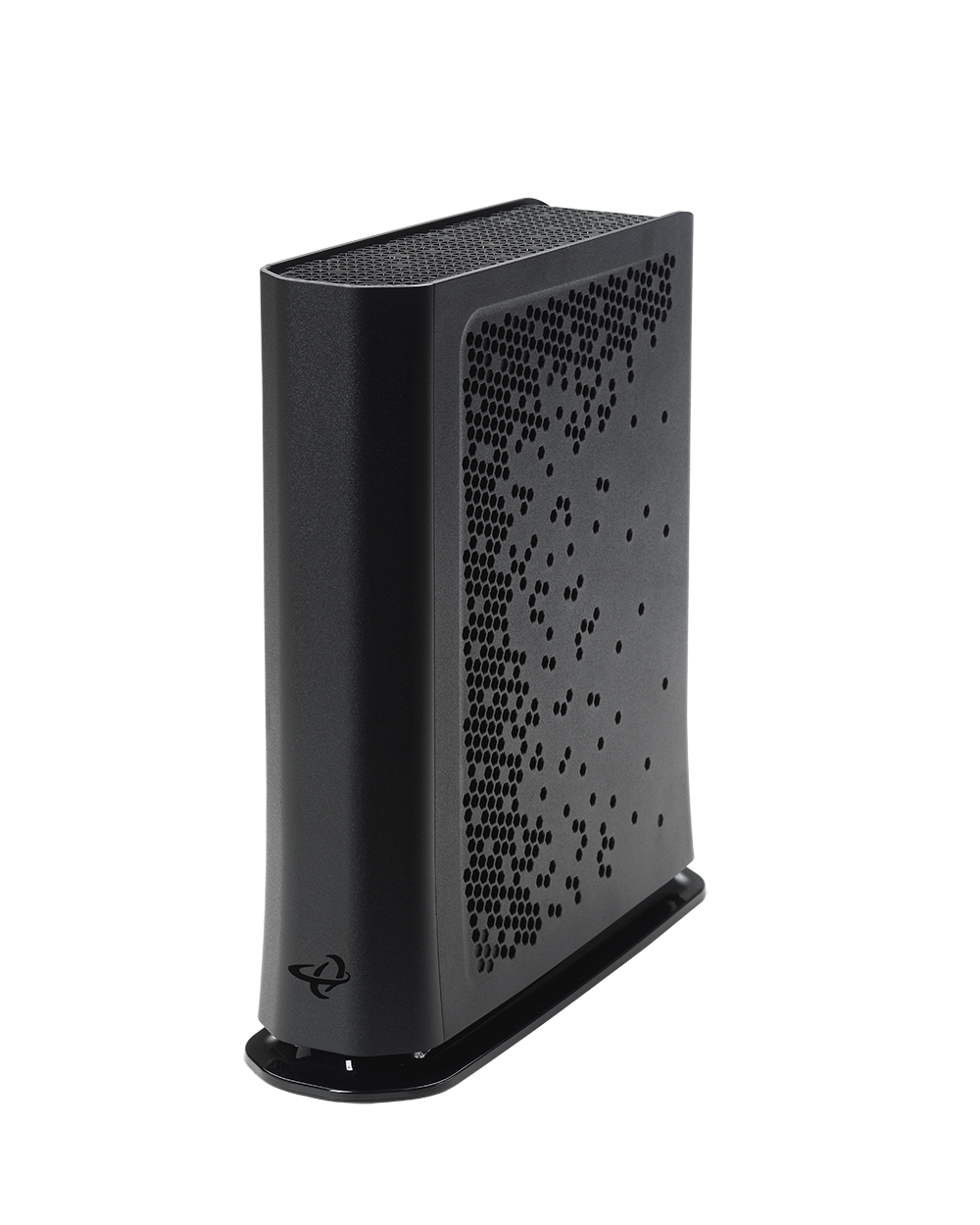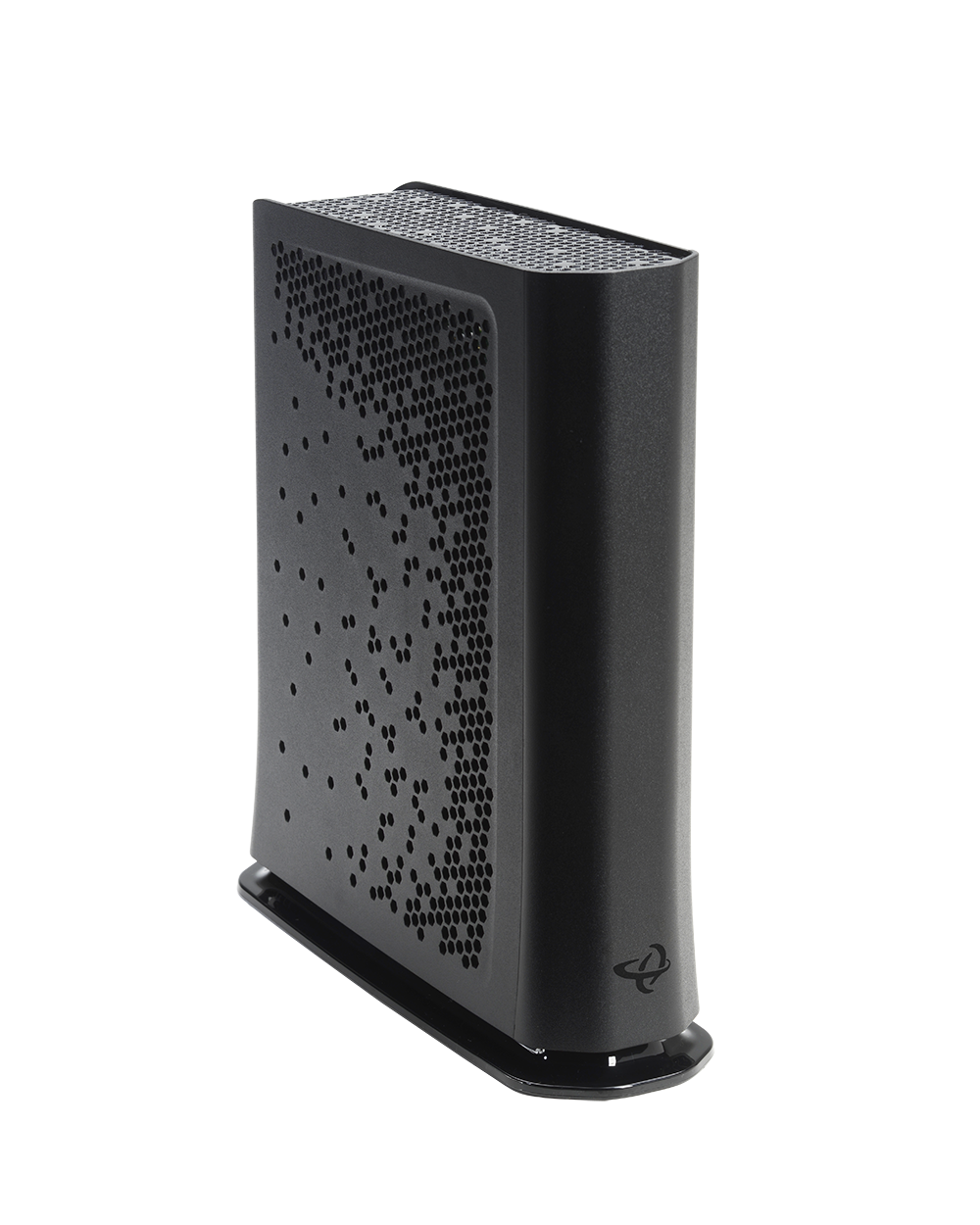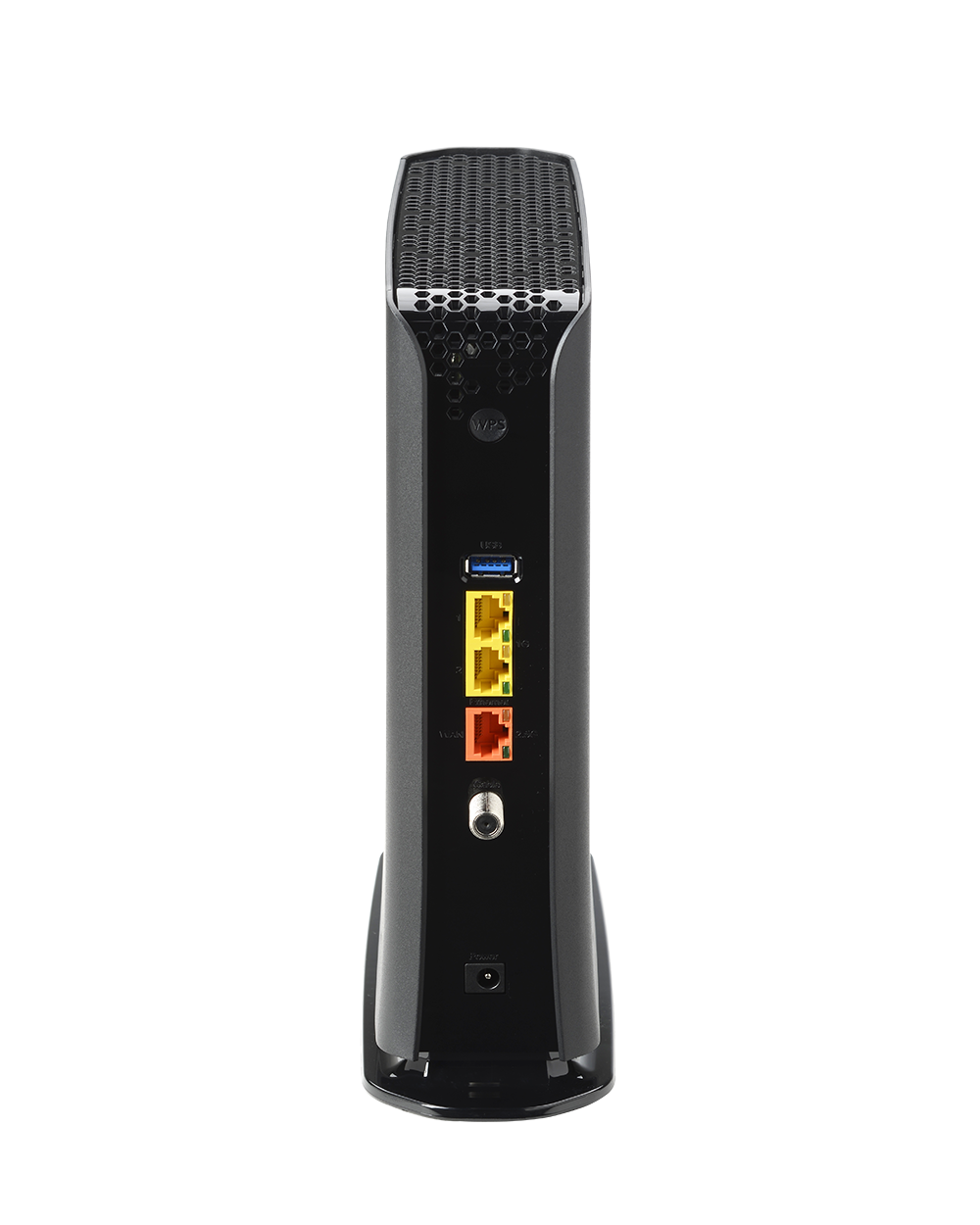Multi-Gig DOCSIS 3.1 Performance
With 2×2 OFDM/OFDMA and DOCSIS 3.0 32×8 bonding, the CODA-5712 delivers reliable multi-gigabit downstream capability while maintaining backward compatibility with DOCSIS 3.0 networks.
Switchable Upstream Frequency
Operators can toggle between 5–85 MHz and 5–204 MHz upstream paths, enabling smooth migration to high-split or future network architectures without swapping out hardware.
Robust Wi-Fi 6 Coverage
Dual-band Wi-Fi 6 with 4×4 5 GHz and 4×4 2.4 GHz radios delivers faster speeds, lower latency, and more efficient performance for multiple connected devices.
Built-in MoCA 2.0 Bonding
Turns existing coax wiring into a high-speed backbone—ideal for extending Wi-Fi coverage or providing stable wired connectivity in hard-to-reach areas.
Enhanced Wired Connectivity
Equipped with 1× 2.5 Gbps Ethernet port and 2× 1 Gbps ports for premium wired connections, plus a USB 3.0 port for media and NAS use cases.
Effortless Setup & Remote Management
Supports SNMP, TR-069, TR-369, HNAP, MyHitron+, and HitronCloud for simplified provisioning, diagnostics, and lifecycle management.
Benefits for Service Providers
- Comprehensive One-Box Solution: Combines DOCSIS 3.1, Wi-Fi 6, and MoCA into one device, reducing the need for multiple pieces of equipment.
- Future-Ready: Flexible upstream tuning ensures operators are prepared for evolving network upgrades.
- Hybrid Connectivity: MoCA delivers wired stability via coax while Wi-Fi 6 ensures high-capacity wireless coverage.
- Operational Efficiency: Streamlined deployments with remote management reduce support costs and truck rolls.
Key Specifications
- DOCSIS Support: DOCSIS 3.1 (2×2 OFDM/OFDMA) + DOCSIS 3.0 (32×8)
- Upstream Tuning: Switchable 5–85 MHz / 5–204 MHz
- Wi-Fi: Dual-band Wi-Fi 6 (4×4 5 GHz + 4×4 2.4 GHz)
- MoCA: Bonded MoCA 2.0 for high-speed coax-based wired uplinks
- Ethernet Ports: 1× 2.5 Gbps + 2× 1 Gbps
- USB Port: 1× USB 3.0
- Management: SNMP, TR-069, TR-369, HNAP, MyHitron+ app, HitronCloud
Documentation
Other Products to Consider
Product
Modem Type
Frequency
WiFi
Wired LAN
Voice
Learn More about Cable Modems & Routers
Cable Modems Explained: Fixed vs Switchable Frequency
A cable modem communicates with your Internet service provider (ISP) to bring an Internet connection into your home or office. This device uses the TV coaxial cable wiring already in your home. There are a few features that are important to know when choosing the...
Cable Modems Explained: Upstream and Downstream Channels & the Benefits
Connecting to the Internet in your home is not possible without a modem. A modem is the device that sits in your home and talks to your Internet service provider (ISP) to receive data signals that connect your computer to the Internet. To get wireless Internet (WiFi)...
What is a Router?
Wireless Internet requires hardware. This hardware includes a modem and also a router. If you want to set up wireless Internet (Wi-Fi) in your home, you need these devices. We’ve covered what a modem is (including cable modems) so this page focuses on what a router...
Why Buy a Gateway Instead of a Modem?
When setting up Internet in your home or office, you need a modem to get the connection and you need a router to distribute the signal to your devices. Having two separate devices isn’t practical for everyone, and it can be confusing as well. Not to mention, more...
What is a Gateway?
We’ve covered more in-depth what a modem is and what a router is and why you need each. As a recap, you can get Internet access with a modem, but to get wireless Internet you need a router. While you can get a separate modem or router, you might want to get a...
